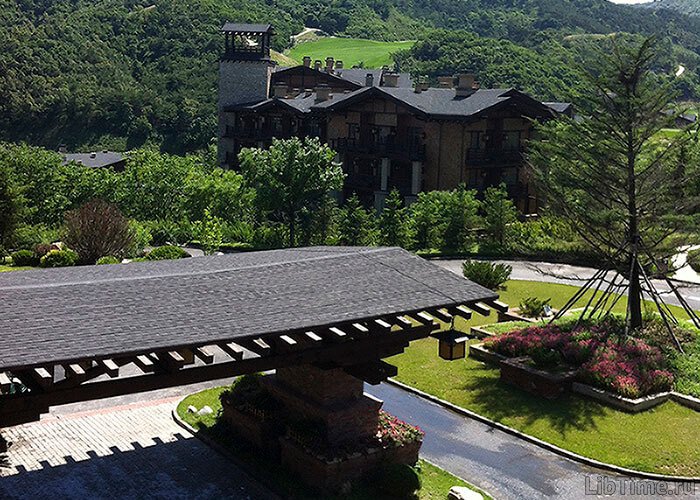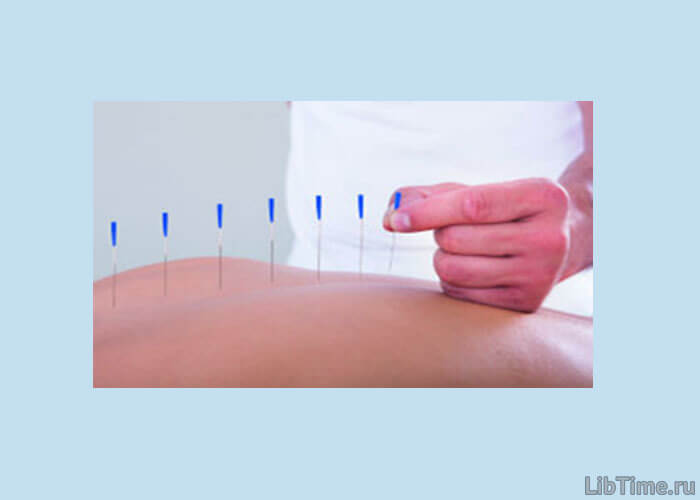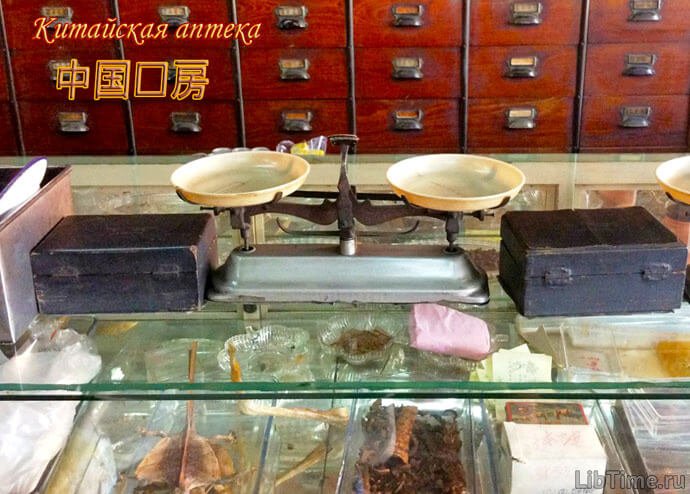Theories of Chinese medicine
The first theories of Chinese medicine originated in China during the 5th-3rd century BC. This period known as the Zhangguo ("Warring Kingdoms") was a period of agony for the Zhou Empire and the entire slave society of China.
Zhanguo Empire
Continuous internecine wars between principalities, intensified class struggle and rivalry within the ruling class - all this preceded the establishment of the Qin dynasty and the creation of the first all-Chinese centralized empire Zhangguo, the events that took place in 221 BC.
The Zhangguo is also characterized by the emergence and struggle of the most important ideological currents of antiquity: Confucianism, Taoism, Fatszya and others. Already the first attempts of philosophical interpretation of the world contributed to the emergence of medical aspirations to explain the origin of diseases.
And since the philosophers of that time paid great attention to the world around people, the medics begin to realize that human health is in a certain dependence on the external environment.
The doctrine of the six "Qi"
Back in 533 B.C. the doctor Yi He explained to the sick emperor Jing-gun that his illness was caused by the imbalance of six "Qi" ("resembling air"). At first, the term meant wind, cold, dampness, dryness, heat, and fire - as the elements that determine weather and climate.
But later, when the doctrine of the six "Qi" became one of the foundations of the theory of Chinese medicine, a broader meaning was put into these concepts. To the "external agents", in addition to the above-mentioned "six elements", include the agents (meaning, of course, not microbes, about which the first information appeared only in the 11th century AD, and parasites) of acute and chronic infectious diseases.
Other philosophical teachings
Ancient Chinese medicine also adopted other philosophical teachings, such as the "male and female origins ("Ying-yang") and the five primary elements ("Wu-shin"). These philosophical theories of Chinese medicine viewed the human being as a smaller copy, a snapshot of the larger world.
Based on these teachings, medical practitioners explained life and death, health and disease, as a disturbance in the harmony of the five primary elements-fire, wood, water, earth, and metal.
The oldest medical book
These theoretical premises were summarized in the most ancient medical book "Huangdi Neijing" ("The Book of the First Emperor of the Inner Man") in 18 volumes.
The legend tells the following about the history of its creation: Emperor Huangdi, who, according to legend, was its author, asked the minister Dr. Qi Bo and the physician Wang Shu-he questions about the causes of the most common and complex diseases and ways to treat them. The answers of the physicians were recorded. "Neijing" consists of two parts: "Su yin" ("Questions and Answers") and "Ling shu" ("Investigation of the True Root of Disease").
They have sections devoted to the rules of human hygiene, symptomatology of diseases, rules of pulse examination, anatomy, acupuncture, moxibustion, as well as recipes for medicines against a number of diseases, etc. About the time of creation of "Neijing" for a long time made various conjectures.
Now historians agree that this work was written no later than the third century BC, that is, approximately when one of the most favorable periods for the development of Chinese national science and culture - the Qing dynasty. Since the time of writing "Neijing" (305-240 BC) has been republished with various additions and changes many times.
A copy of this book, revised a thousand years after its appearance by physician Wang Bin (8th century A.D.), has survived to our days. He not only presented the data given in it in a more accessible language, but also systematized the numerous techniques and methods described in "Neijing". Judging by the surviving copy, the "Neijing" described extremely important discoveries in the field of anatomy and physiology.
Thus in this encyclopedia of ancient medicine there is information about the role of the stomach and intestines in digestion, about the liver and spleen - the main "reservoirs of blood". Chinese medicine has the priority in determining the role of the heart as a "blood engine" and in discovering the closed circulation. It can be argued that these epochal discoveries were also based on the ideas expressed in the Neijing.
The definition of the main task of medicine - "to cure the sick and improve the health of the healthy" - was also first formulated in this remarkable canon. It was he who prescribed the doctor to combine therapeutic work with preventive work. It is not by chance that a separate chapter of "Neijing" is devoted to hygiene.
It gives valuable and for our time advice on diet, noted the role of physical therapy, the correct regime, the role of the environment, and its impact on the body.


